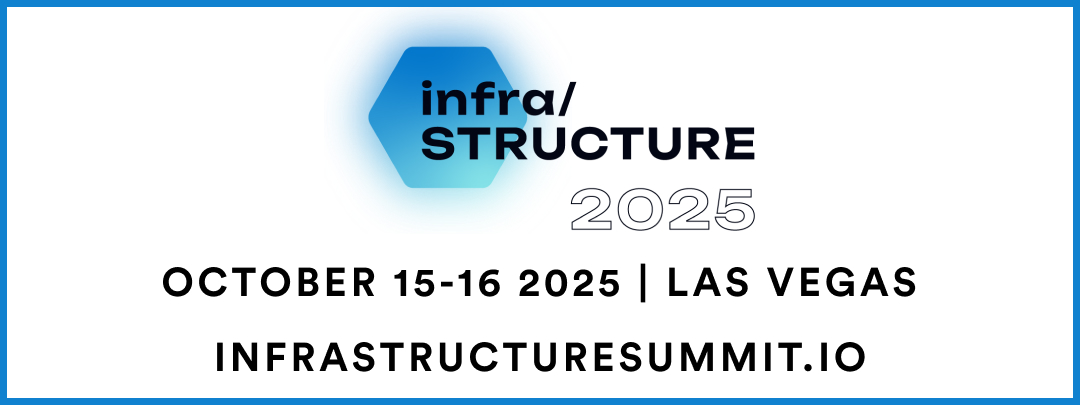WSS: Earnings reports from cloud and energy companies reveal more data points and demand signals
Earnings season for the sector continues to evolve and we are tracking a more diverse range of companies than ever before. On the operating side, there are the bellwether colocation providers, along with hyperscale public clouds, webscale providers and CDN and security providers shifting into compute infrastructure services. There are also the cryptocurrency companies that have moved into the business of data centre colocation and GPU cloud delivery, and major social media platforms. Getting a true picture of the sector’s health does not end there. The ecosystem supporting the sector spans energy, connectivity, hardware and equipment. Earnings season is now in full swing and in the past week we took a closer look at the results coming from webscale CDN and cloud provider Akamai, social media platform Meta, in addition to Xcel Energy and Duke Energy.
Akamai’s compute arm continues to grow steadily and is making headway in the enterprise space. For the likes of Meta, we like to look at the CapEx numbers disclosed, which gives a good sense for what demand and the theoretical TAM for data centre colocation looks like. Meanwhile, both Xcel Energy and Duke Energy shared data points that speak to significant demand from hyperscalers. The requests are well into the gigawatt range and are geared to the latter half of the decade. The requests for energy are a signal for what kind of growth is expected. It also hints at how capacity constraints and the availability of transmission infrastructure could impact the trajectory of growth and expansion. There are inevitably going to be bumps in the road. The likes of Xcel are actively looking to invest in infrastructure to support increased generation and expansion, and hyperscalers are getting involved as well.
The scale and scope of what is coming has put pressure on the underlying infrastructure for energy generation and transmission. We have seen how AEP in Ohio has asked hyperscalers for certain financial and consumption commitments to help make this happen. And on the colocation side, we are seeing movement like this as well. CoreWeave, for example, has helped front capital for its colocation partner Core Scientific so that it can build out infrastructure. There is now reporting that CoreWeave is considering an IPO as early as next year. CoreWeave continues to show rapid growth on the backs of a few major customers and we have some details on specific data points that have been shared. Meanwhile, Crusoe Energy, like CoreWeave, another colocation provider coming to the sector from the cryptocurrency world, is also said to be close to securing more funding to support its project in Abilene, Texas. It is clear that building for hyperscale and the next generation of AI infrastructure is bringing together large-scale energy and capital, and developing supporting infrastructure is going to be more complex and require various building blocks.
Given this backdrop, strong incentives are being created for massive partnerships that combine expertise and resources across construction, operations, site selection, energy and capital. We recently saw BlackRock, Global Infrastructure Partners, Microsoft and Mubadala team up, while this past week, KKR and Energy Capital Partners formed a strategic joint venture. The two ventures are set to invest $80b to support global hyperscale and AI builds-outs.
Demand signals come from various data points related to revenue growth, operating performance KPIs and CapEx numbers. But there are also dynamics around seasonality and budget cycles that can and will impact infrastructure performance. There has been talk of late about budget flushes as enterprises think about using budget allotments before they expire or are taken away at the end of the year. This argument has mostly come from the software world and we have some comments on how this might impact infrastructure. Possible budget flushes, combined with seasonality coming out of holiday season, may create momentum and contribute positively to overall sector performance moving into the 4Q24 period.
Elsewhere, there continues to be a more M&A and in the past week we saw CIM Group move some assets into the 1547 and Harris Street JV, while Bain Capital acquired a majority stake in AQ Compute in Europe. Finally, there was a significant volume of activity in APAC. Singapore’s Keppel acquired a site in Tokyo and is preparing to significantly expand its capacity in multiple APAC markets, while Empyrion Digital confirmed plans to enter the market in Taiwan. Meanwhile, SK Telecom in South Korea is pushing to build more AI data centres and is rolling out a GPU cloud service
or



